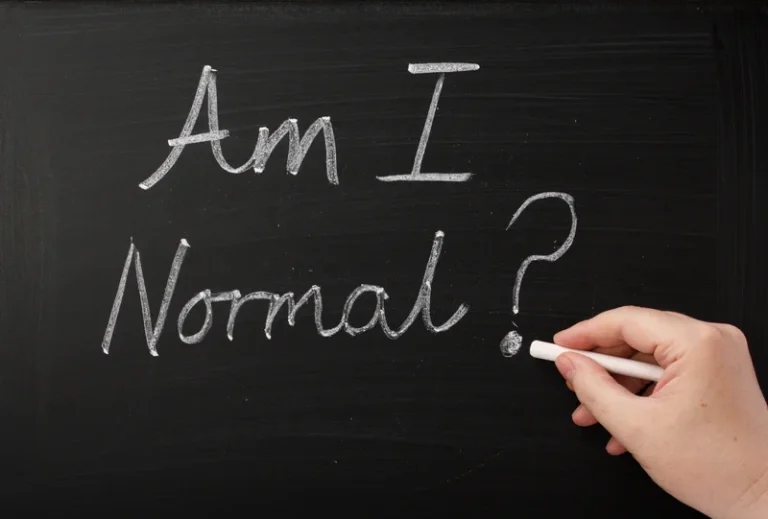
Fewer than 9% of the members of this group seek help for recovery; when they do, they tend to prefer 12 Step programs over rehab clinics or private, professional practices. Functional alcoholism is a silent epidemic, and far more people are suffering from its hidden symptoms than most would ever imagine. It is interesting to note that the subtypes summarized in table 2 have been identified through armchair intuition as well as by comparative research and empirical clustering techniques. To the extent that different methods have identified subtypes with similar features, this provides strong evidence for the cumulative wisdom of the past as well as the progress made in recent years.
Treating Alcohol Use Disorders
Nearly half of the members of this group struggle with clinical depression and other mental health disorders. Alcoholism may become a method of self-medication to fight depression and other emotional symptoms. A functioning alcoholic is someone who abuses alcohol regularly but is still able to work, go to school, handle parenting or marital responsibilities, maintain their appearance, and manage an assortment of daily tasks. A few family members, friends, or co-workers may suspect the truth, but for the most part, others are not aware of how serious the person’s drinking problem is. Many of those in the grips of alcoholism choose not to seek help, but it doesn’t have to be that way.
What Increases the Risk for Alcohol Use Disorder?
In the U.S., the young antisocial subtype comprises 21% of all alcoholics. The young antisocial alcoholic subtype starts drinking at 15 and develops an AUD around 18. Most young antisocial alcoholics are also male (about three-quarters of the group). In the U.S., the young adult alcoholic subtype comprises 31.5% of all alcoholics. This demographic’s average age is 24, with most being male, single, still in school, and with family histories of alcoholism. Understanding what is considered an alcoholic, the different types of alcoholics, and how to identify alcoholism can help shed light on the diversity of this condition and provide insights into tailored treatment approaches.
Alcohol Abuse

Family members and friends can recognize the type of alcoholic by observing their loved one’s behaviors and their impact on relationships. Still, professional 5 types of alcoholics guidance is often needed to provide effective support. Functional alcoholics consume alcohol daily or at least several times per week.
Causes of Alcohol Use Disorder
- A study by scientists at the NIAAA, part of the National Institutes of Health (NIH), analyzed 1,484 survey respondents who met specific diagnostic criteria for alcohol addiction.
- Most are smokers, and 20 to 25 percent have also used cocaine and marijuana.
- Mutual-support groups provide peer support for stopping or reducing drinking.
- For instance, a young adult who engages in frequent binge drinking may eventually develop patterns of functional alcoholism as they enter the workforce.
Behavioral treatments—also known as alcohol counseling, or talk therapy, and provided by licensed therapists—are aimed at changing drinking behavior. Examples of behavioral treatments are brief interventions and reinforcement approaches, treatments that build motivation and teach https://ecosoberhouse.com/ skills for coping and preventing a return to drinking, and mindfulness-based therapies. A health care provider might ask the following questions to assess a person’s symptoms. Still, people dealing with AUD can achieve and maintain sobriety with appropriate treatment and support.
- Many members of this group smoke cigarettes, but few have other substance use disorders.
- Of the two types of alcoholics, those with Type 2 alcoholism exhibit high levels of novelty seeking.
- It’s like trying to chug a gallon of milk – your body just isn’t designed to handle that much, that fast.
- For others, external opportunities, such as a worker’s payday or sailor’s shore leave, govern the periodicity of inebriety.
- Meanwhile, alcohol is more likely to increase aggressive behaviors in people with ASPD than in people without.
- This group tends to start drinking younger (around 17) and also develops an alcohol dependence earlier (around 32).
- It also found that, even among those who are aware, there’s a belief that it varies by the type of alcohol.
We’re here 24/7 to help guide you or your loved on through rehab and recovery. “Denial is huge for any alcoholic, especially for a functioning alcoholic, because I, you know, I’m not living under a bridge. To learn more about alcohol treatment options and search for quality care near you, please visit the NIAAA Alcohol Treatment Navigator. If you or someone you love falls into these categories, do not hesitate to reach out for support. Binge drinking equates to roughly five drinks for men and four for women within two hours. However, these numbers can vary depending on your alcohol tolerance and other biological responses.

Generational alcoholism describes a family environment that normalizes the presence of alcohol and its abuse. Another factor is whether or not someone is also addicted to other drugs. This additional substance abuse is noted as co-occurring substance dependence, which can be caused by alcoholism or go on to cause alcoholism. The type of alcoholic can also be determined by any additional mental health diagnoses.
Some alcoholics may be able to hide their drinking fairly well and appear to be on the ball at work and at home. Others may experience some of the more devastating potential consequences of compulsive drinking such as serious medical problems, a decline in job performance or job loss, and ruined relationships. In short, alcohol addiction and the course of the disease depends on a large variety of factors. In conclusion, alcohol addiction is a complex and multifaceted issue that manifests in various ways. As we discussed earlier, conditions like depression, anxiety, or PTSD often go hand-in-hand with alcohol addiction.

- Understand it often takes many conversations like these for your family member to agree to consider treatment.
- Family members and adults may assume that the young adult will then “grow out of it” and do not see the drinking as a potential ongoing or long-lasting issue.
- When a person suffers from a co-occurring mental health disorder, the risk for also developing alcoholism or problems with substance abuse are elevated.
- Listen to relatives, friends or co-workers when they ask you to examine your drinking habits or to seek help.
Many alcoholics in this category also battle substance abuse, depression, and bipolar disorder. Almost one-third of alcoholics in the United States are young adult alcoholics. Many of these teens and early twenty-somethings are college students in environments that promote excessive social and binge drinking. Since heavy drinking among young people is often seen as a phase, most young adult alcoholics suffer without seeking help. Of the two types of alcoholics, those with Type 2 alcoholism exhibit high levels of novelty seeking. The constant desire to get high may lead to the use and abuse or addiction to other types of drugs.
Tailoring Treatment f0r Different Types of Alcoholism
This group has the lowest levels of education, employment, and income of any group. This group also drinks more at once and more overall than other groups, although they drink slightly less frequently. On the other hand, this group is more likely to seek help than almost any other; 35% sought out some form of assistance in overcoming alcoholism. This group has the highest rate of seeking treatment from a private health care provider but also often choose self-help groups, specialty treatment programs, and detox programs. They have an average age of 38 years, began drinking at almost age 17, and developed alcohol dependence at an average age of 32 years.

